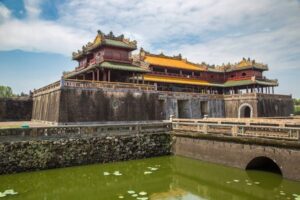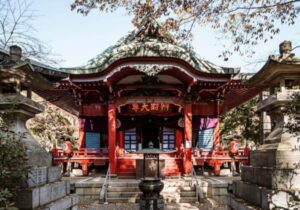The Travel Blog
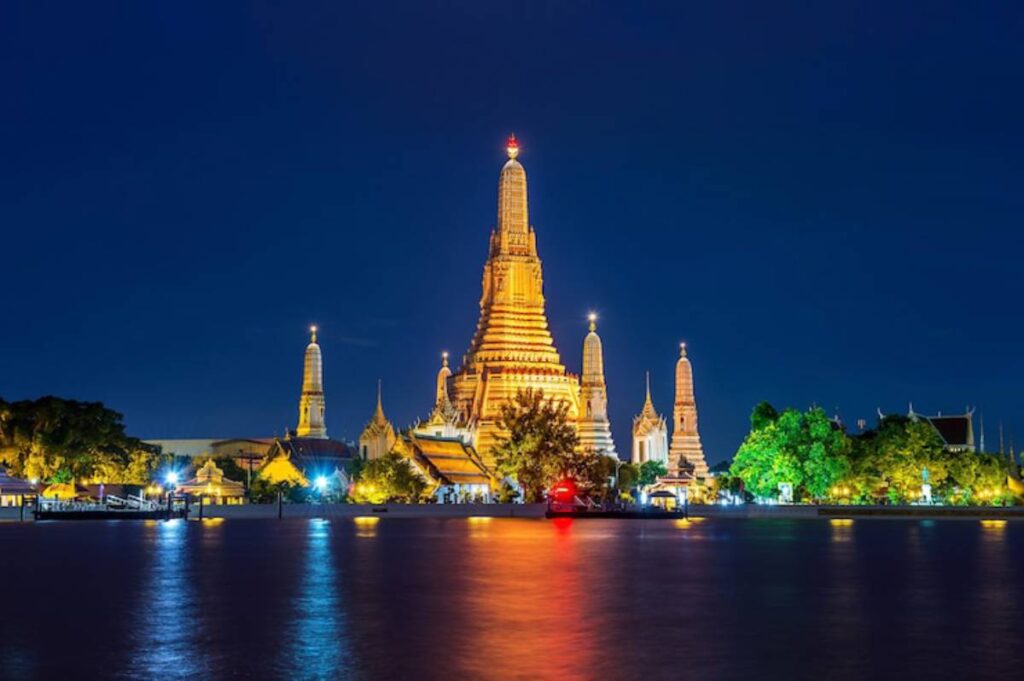
Isaan, Thailand: A Blend of Khmer and Lao Heritage
Think you know Thailand? Think again. Isaan is in the northeast and is the most underrated region in the country. It has ancient ruins, spicy food, and traditions that tell stories of Khmer kings and Lao ancestors. This cultural crossroads lacks the beaches of Phuket and the malls of Bangkok.
But it offers something deeper: authenticity, richness, and a powerful sense of place.
In this travel guide, you’ll explore Isaan, Thailand. Discover historical temples, vibrant festivals, and the local way of life. You’ll also discover practical tips and hidden gems that few tourists ever see. Isaan should be on your bucket list. It’s perfect for adventurers, culture lovers, and slow travellers looking for real connections.
Understanding Isaan’s Unique Identity
Where Culture Collides
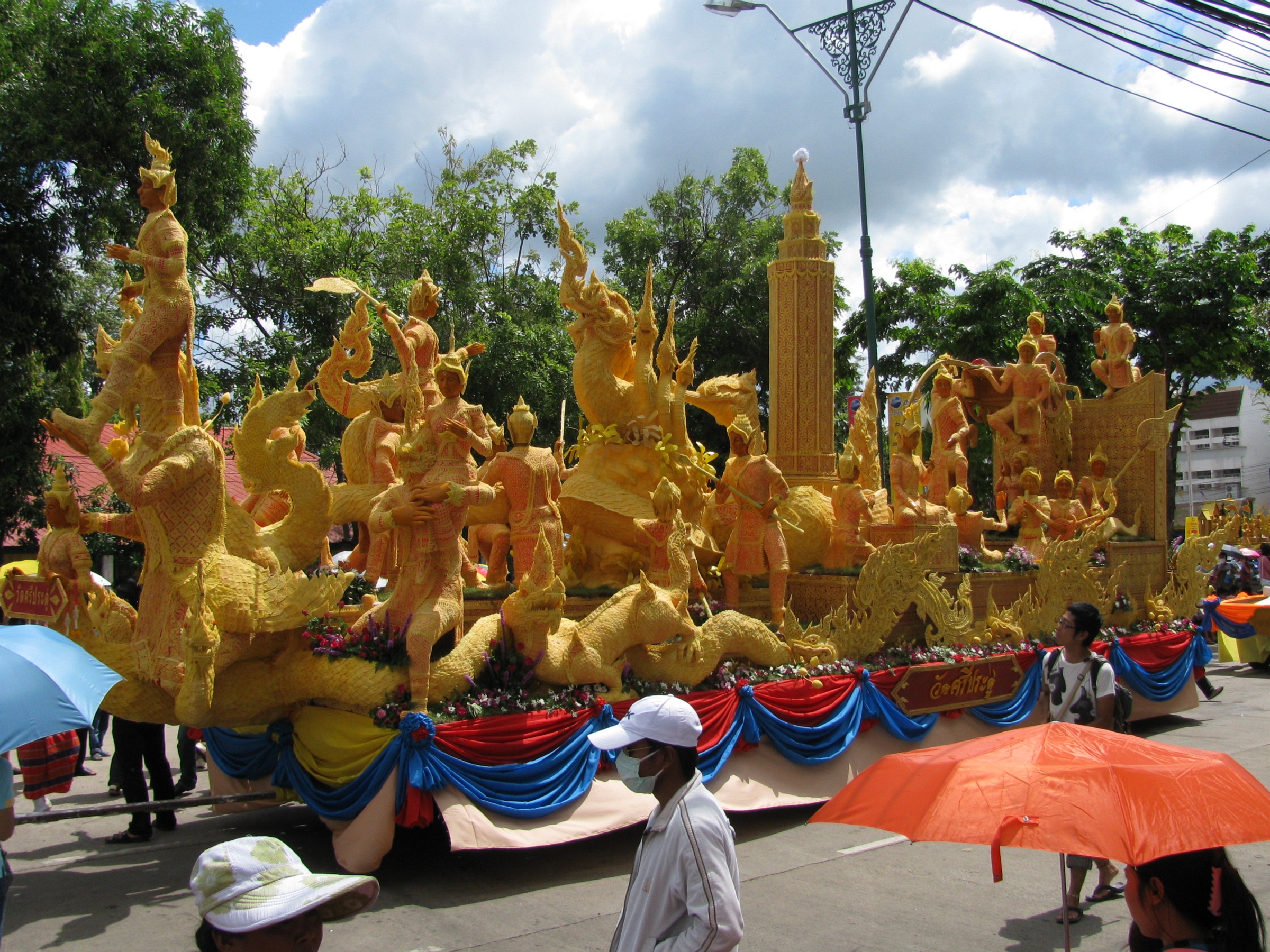
Isaan is the largest region in Thailand, covering 20 provinces across the Khorat Plateau. It shares a border with Laos to the north and east, and Cambodia to the south. This mix brings influences you won’t find anywhere else in the country.
Key cultural influences include:
- Lao heritage: Reflected in the language (Isaan dialect), sticky rice dishes, and musical traditions.
- Khmer architecture: Evident in temple ruins such as Phanom Rung and Prasat Hin Phimai.
- Animist beliefs: Interwoven with Buddhism, especially during village rituals and festivals.
Language and Lifestyle
While Thai is widely spoken, the Isaan dialect — a variant of Lao — dominates daily conversation. Locals are famously warm, down-to-earth, and proud of their heritage. Expect a slower pace of life, endless rice paddies, and a rhythm that syncs with the land.
“The further we drove into Isaan, the more it felt like time slowed down. Every smile was genuine, every meal homemade. It was Thailand stripped of pretence.” – Maya, cultural travel blogger
Must-Visit Sites in Isaan
Phanom Rung Historical Park
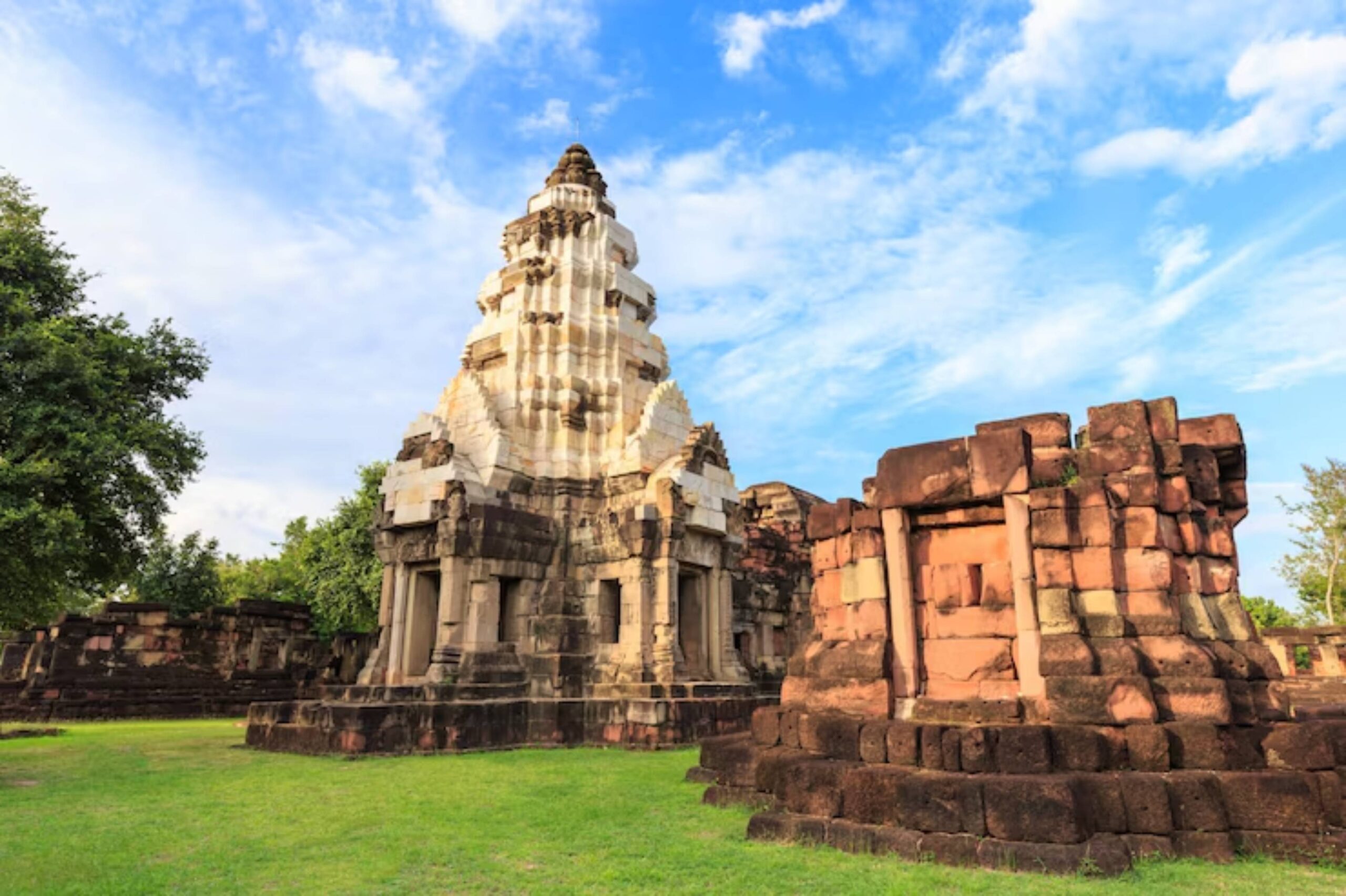
This 10th-century Khmer temple complex is in Buriram province. It sits on an extinct volcano. It’s one of the best-preserved examples of Khmer architecture outside Cambodia.
Highlights include:
- Processional walkway flanked by naga statues
- Pink sandstone sanctuary with intricate lintels
- Annual Phanom Rung Festival with sunrise alignment through the doorways
Prasat Hin Phimai
This Khmer site in Nakhon Ratchasima is older than Angkor Wat. It likely inspired the famous temple. Wander through the tree-lined entrance and marvel at the carvings depicting Hindu mythology.
Wat Phra That Phanom
This sacred stupa in the province of Nakhon Phanom is a pilgrimage site for Buddhists across the region. Legend says it contains a relic of the Buddha.
The stupa has a Lao-style design that shows cross-border religious traditions. It is a peaceful and meaningful stop on your journey.
Cultural Traditions and Celebrations
The Sound of Mor Lam
No trip to Isaan is complete without experiencing Mor Lam, a traditional Lao-Thai form of folk music. The khaen, a bamboo mouth organ, stands out in performances. Its emotive lyrics tell stories. You’ll often hear it at festivals and weddings.
Bun Bang Fai (Rocket Festival)
In May, a lively festival aims to bring rain before planting season. It includes homemade rocket launches, dance parades, and plenty of rice whisky. It’s colourful, chaotic, and deeply communal.
Candle Festival in Ubon Ratchathani
To mark the beginning of Buddhist Lent, enormous wax sculptures are paraded through the city. This is one of Thailand’s most elaborate artistic celebrations.
Love offbeat destinations like Isaan? You might also enjoy Luang Prabang, Laos: Colonial Charm and Spiritual Serenity.
Flavours of Isaan: A Spicy Culinary Journey
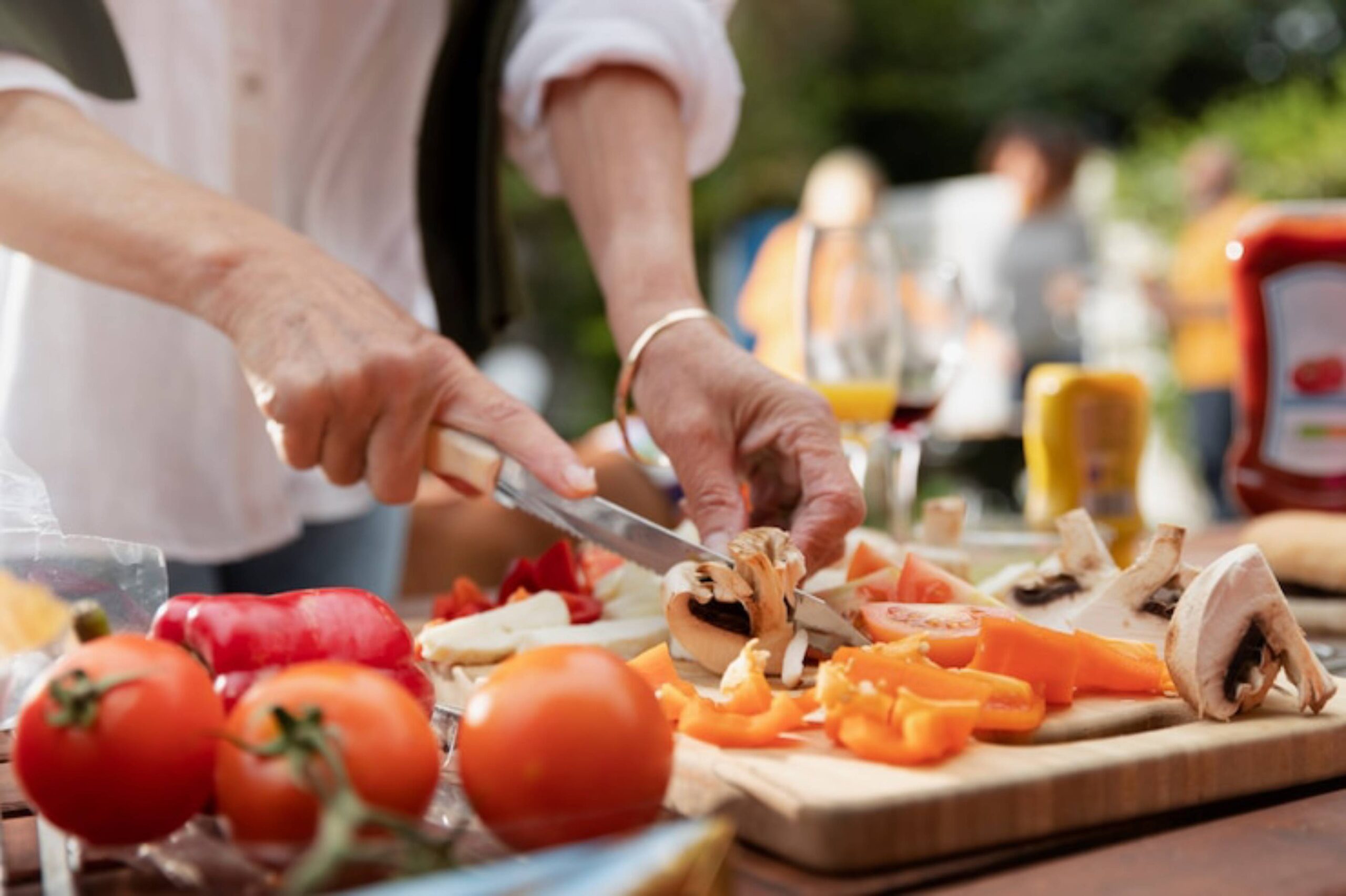
If you thought Thai food was spicy, Isaan cuisine takes it up a notch. Known for its bold flavours and street-side authenticity, it’s a must-try part of your journey.
Must-try dishes:
- Som Tum (spicy green papaya salad)
- Laab (minced meat salad with herbs)
- Sticky rice (served with everything)
- Gai Yang (grilled chicken)
- Sai Krok Isaan (fermented sausages)
“The smoky flavour of Gai Yang cooked over charcoal — with sticky rice clutched in my hand — is a taste I still dream about.” – Raj, food enthusiast
Pair your meals with local drinks like fresh sugarcane juice or homemade rice whisky, and don’t be surprised if you’re invited to join the family table.
Local Life: Homestays and Village Vibes
Slow Travel at its Finest
One of the best ways to experience Isaan is by staying in a village homestay.
These are often organised through community tourism initiatives and include:
- Home-cooked meals
- Handicraft workshops
- Farming experiences (planting rice, harvesting herbs)
Popular areas for authentic homestays include:
- Chiang Khan (along the Mekong River)
- Khong Chiam (gateway to Pha Taem National Park)
- Ban Chiang (a UNESCO-listed archaeological village)
Supporting Local Artisans
Isaan’s crafts include silk weaving, pottery, and bamboo work. Buying directly from artisans helps support traditional skills and provides meaningful souvenirs.
Outdoor Adventures and Natural Beauty
Pha Taem National Park
Located in Ubon Ratchathani, this park features:
- Cliff-top sunrise views over the Mekong
- Prehistoric cave paintings (dating back over 3,000 years)
- Walking trails through surreal rock formations
Phu Kradueng National Park
A hiker’s paradise, Phu Kradueng requires a demanding trek to the plateau. But the views, waterfalls, and cool breezes make it worthwhile.
Red Lotus Sea (Talay Bua Daeng)
In Udon Thani, a seasonal lake turns into a floating carpet of pink lotus flowers from November to February. Boat tours offer serene views and photo ops galore.
Best Time to Visit Isaan
- November to February: Cool and dry season — ideal for festivals and outdoor activities
- March to May: Hot season — bring sun protection and embrace the heat
- June to October: Rainy season — lush landscapes and fewer tourists
Try to align your trip with a local festival for the most immersive cultural experience.
Travel Tips for First-Time Visitors
- Transport: Trains and long-distance buses connect most provinces. Consider renting a scooter for local exploration.
- Connectivity: Wi-Fi is available in most towns, but expect slow spots in rural villages.
- Cash is king: ATMs are around, but smaller vendors may not take cards.
- Language: Learn a few Lao or Isaan phrases. A smile goes a long way.
- Respect local customs: Dress modestly at temples and always ask before photographing people.
Conclusion: Why Isaan Deserves a Spot on Your Travel Radar
Isaan isn’t just a region — it’s a living museum of Thai-Lao-Khmer heritage, brimming with spiritual resonance and down-to-earth joy. It’s where tradition isn’t staged for tourists, but lived every day in temples, kitchens, and rice fields.
From ancient ruins to rocket festivals, and from cliffside sunrises to meals shared with locals, Isaan offers a deep and humbling travel experience that stays with you.
So what are you waiting for?
- Leave the guidebooks behind
- Bring your sense of curiosity
- And step into the untamed heart of Thailand
Have you been to Isaan or planning to go? Share your stories in the comments — we’d love to hear them!
For more on travelling respectfully, check out How to Travel Responsibly in Fragile Ecosystems Across Asia.



